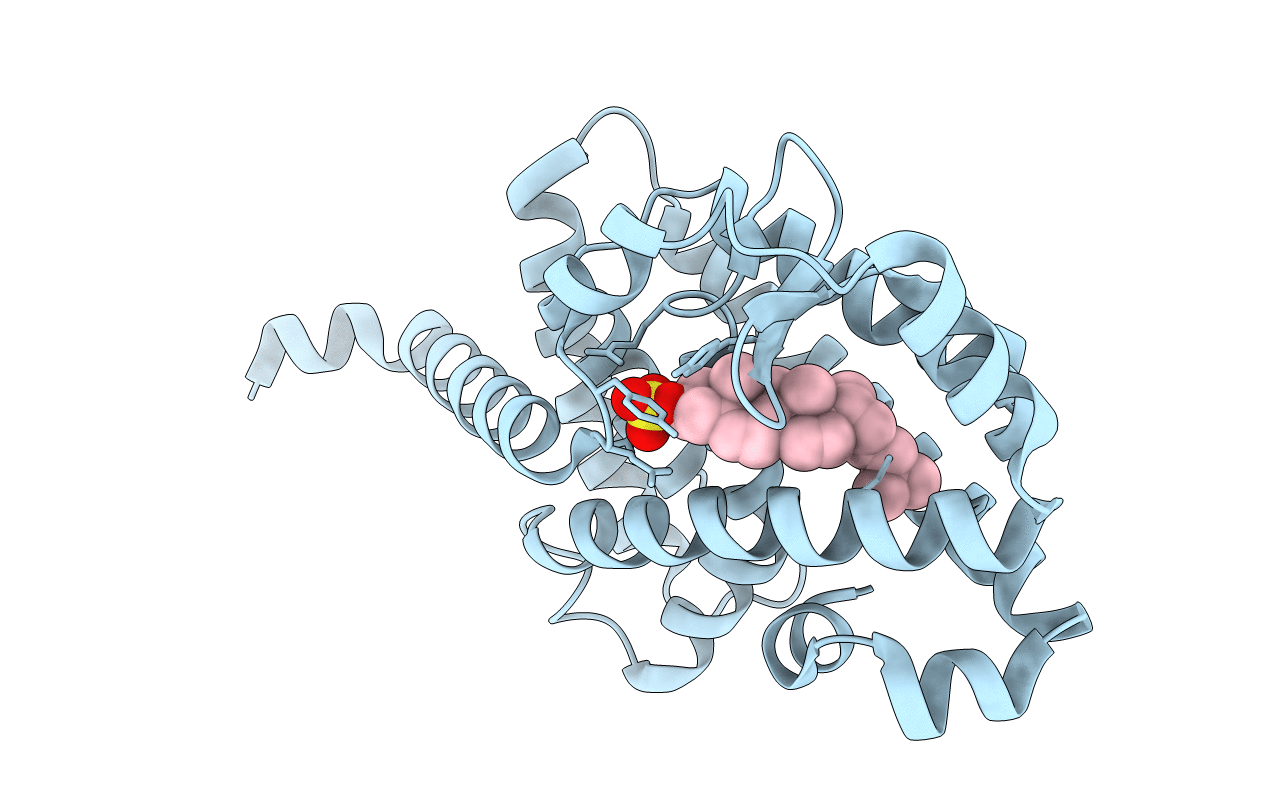
Deposition Date
2004-01-05
Release Date
2004-02-10
Last Version Date
2023-09-20
Entry Detail
PDB ID:
1S0X
Keywords:
Title:
Crystal structure of the human RORalpha ligand binding domain in complex with cholesterol sulfate at 2.2A
Biological Source:
Source Organism:
Homo sapiens (Taxon ID: 9606)
Host Organism:
Method Details:
Experimental Method:
Resolution:
2.20 Å
R-Value Free:
0.20
R-Value Work:
0.19
R-Value Observed:
0.19
Space Group:
P 1 21 1


